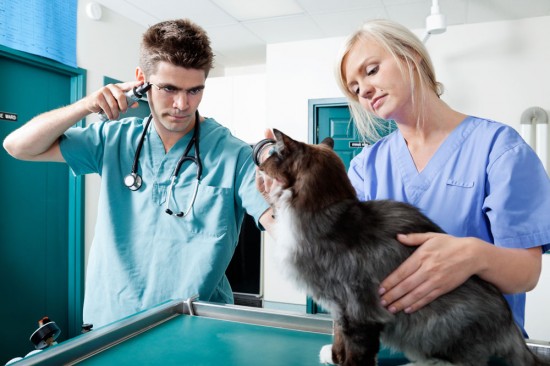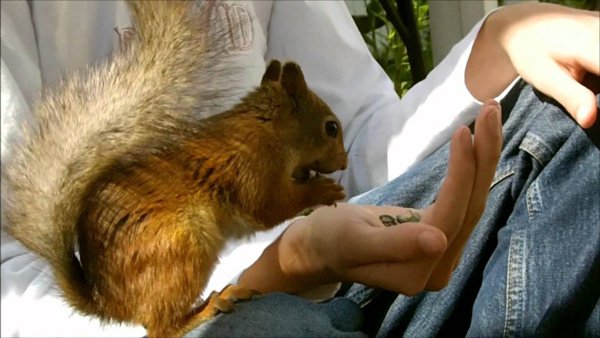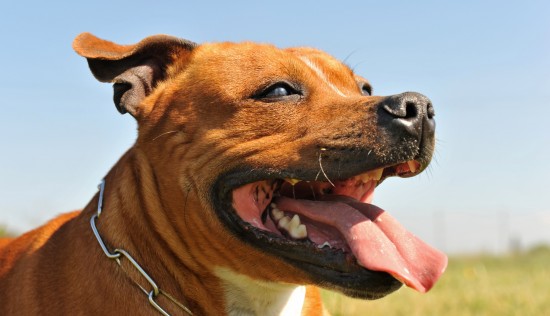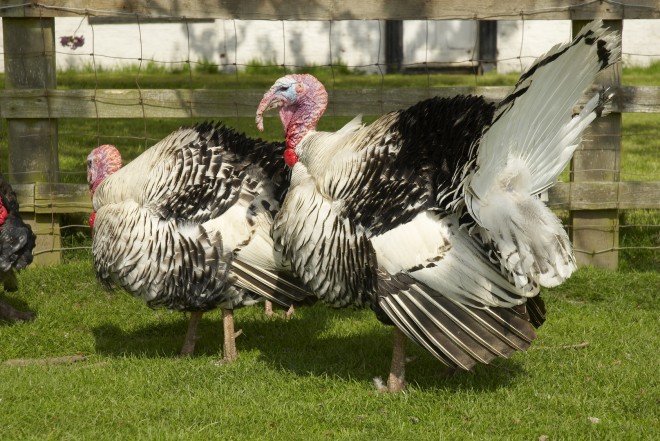
Dogs
Hypothyroidism occurs when the body makes inadequate levels of
thyroid hormone; it is a common endocrine disorder in
middle-aged and older dogs. In dogs, it appears to occur
spontaneously.
Cats
In cats, as a naturally occurring disease, hypothyroidism is
very rare. It most commonly occurs in association with I131
treatment for hyperthyroidism when some cats can become
hypothyroid after receiving the radioactive iodide.
Predisposed Breeds
Certain breeds such as Dobermans, Golden Retrievers, Labrador
retrievers, Great Danes, poodles and Boxers seem predisposed to
hypothyroidism.
Clinical signs
This hormone controls overall body metabolism. The signs can be
subtle, at first- a general slowing down, lethargy, exercise
intolerance, fatigue or weight gain (not associated with
increased appetite or food intake). Skin problems are common-
hair loss (not associated with itchiness), poor hair growth (or
slow re-growth in clipped areas, following surgery) and changes
in the coat- dullness, dryness, scaling and coarseness and
recurrent skin infections.
Neuromuscular problems are common also- overall weakness and
stiffness with movement, muscle atrophy, weakness of facial
muscles to result in a “sad” face and occasionally, a dilated
esophagus that can be associated with regurgitation and
aspiration pneumonia.
Diagnosis
The diagnosis is based on a blood test, specifically a T4 level,
that is a measurement of circulating thyroid hormone levels.
However, sometimes there are other conditions of the body that
will make the T4 levels appear lower than they really are. A
more specific and sensitive test, a free T4 by equilibrium
dialysis, can help to diagnose those dogs that are truly
hypothyroid. Other changes often seen on the accompanying blood
panel are a mild anemia and an elevation in cholesterol levels.
Treatment
Treatment consists of thyroid supplement in the form of
levothyroxine (Synthyroid, Soloxine, Thyro-tabs) given 1-2 times
a day.
Prognosis
The future of a dog or cat with hypothyroidism is excellent and
as long as they continue to receive thyroid supplementation,
they have very good quality lives.
Monitoring
It is important to check the T4 levels to make sure the dog is
on the appropriate dose. This is usually done 3-4 weeks after
starting the medication. This is a timed test and the test must
done 4-6 hours post pilling. After starting with
supplementation, you should notice a change in your dog- usually
increased energy and the ability to move with more ease.
Improvement in the coat and weight loss in overweight
individuals may take longer to show.
Long term care
Based on the results of the T4 test, you may need to increase or
decrease the dose and return again within a month after the
adjustment for another T4 test. If a dog is well-regulated, a
recheck of T4 levels is recommended every 6-12 months, depending
on how the dog is doing.
When scheduling T4 tests with our office, please remember that
this blood test must be done 4-6 hours post-pilling, whether the
medication is given 1 or 2 times a day.
If you have any questions regarding this disease and its
treatment, don’t hesitate to contact your veterinarian.
The above is general veterinary information. Do not begin
any course of treatment without consulting your regular
veterinarian. All animals should be examined at least once every
12 months.
 Stick Insects - Do They Make Good Kids Pets?
Stick Insects - D
Stick Insects - Do They Make Good Kids Pets?
Stick Insects - D
 Seizures And Epilepsy In Cats
Seizures And Epil
Seizures And Epilepsy In Cats
Seizures And Epil
 Providing very best training for dogs
Providing very best training for dogs
In Great
Providing very best training for dogs
Providing very best training for dogs
In Great
 Investigating ‘aggressive Breed’ Stereotypes
Investigating ‘ag
Investigating ‘aggressive Breed’ Stereotypes
Investigating ‘ag
 6 Amazing Breeds Of Ornamental Turkeys
6 Amazing Breeds
6 Amazing Breeds Of Ornamental Turkeys
6 Amazing Breeds
Copyright © 2005-2016 Pet Information All Rights Reserved
Contact us: www162date@outlook.com